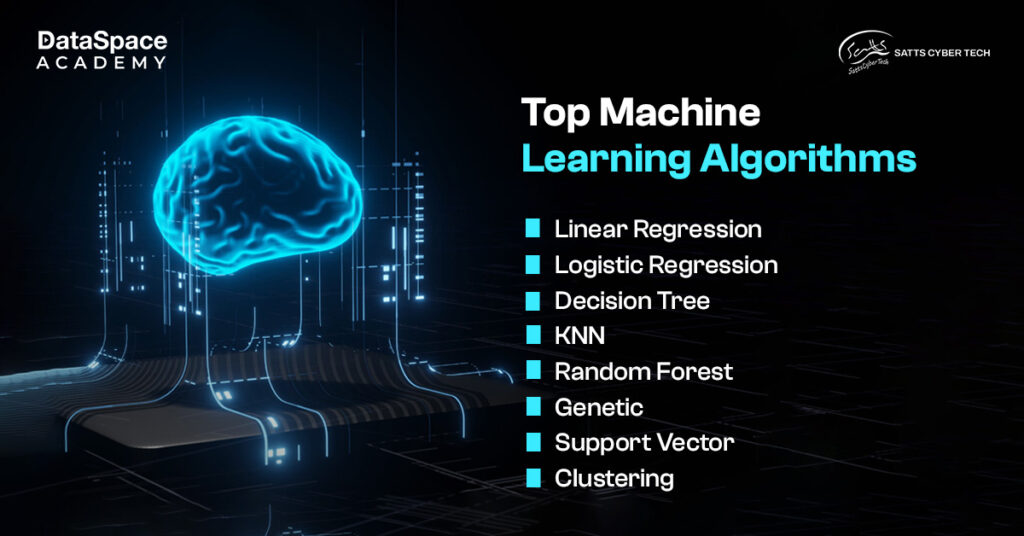To help you understand and decipher the algorithmic game for your specific task, here we present a compact guide on selecting the most suitable algorithms that are both efficient and impactful. Dive in to discover practical tips and insights on choosing algorithms for your machine learning projects.
Machine learning algorithms, currently among the most trending terms, are revolutionising the global business landscape. Peter Sondergaard, Senior vice president and global head of Research at
Gartner, quoted this revolutionary innovation as “Algorithms are where the real value lies”.
However, the emergence of countless algorithms makes the selection slightly overwhelming for ML engineers. But no worries, the blog here presents a compact guide on selecting the most suitable algorithms for your task.
Machine learning algorithms can be defined as a set of rules and instructions for computers to analyse datasets and identify patterns. This is a complete computational process where the machine is fed with statistics to identify trends and patterns. Machines process this data to calculate what they think is correct and compare it to other data to estimate the accuracy. Through the process and over time, the accuracy level of the algorithm improves as it works with more data and evaluates its performance.
The process applies various techniques like supervised learning, unsupervised learning, and reinforcement learning.

Some of the major
types of machine learning algorithms are:
Considering the diverse range of machine learning algorithms, each with specific features and advantages, here are certain things you must consider before choosing one, such as:

Here we present a step-by-step guide on choosing the right ML algorithm for the successful execution of your project:
Mastering machine learning algorithms is a sure-shot way to launch a successful career in machine learning. In every sector, from healthcare, and manufacturing, to entertainment, the game of algorithms is driving businesses with number-backed accuracy. It’s time to future-proof your career aspirations now with DataSpace Academy’s top-rated
machine learning certification course.

 Some of the major types of machine learning algorithms are:
Some of the major types of machine learning algorithms are:

